Multimodal translation in the arts: (multi)modalities, languages and codes in/as translation?
22-23 May 2023, on Zoom, Cardiff
Call for Papers
We would like to bring to your attention our upcoming event *Multimodal translation in the arts: (multi)modalities, languages and codes in/as translation?, a two-day online research symposium which will take place on 22-23 May 2023, on Zoom. Our intention is to collectively discuss and reflect upon the practice of translation within the arts, with a focus on its multimodal processes and outcomes. Our online symposium will be enriched by both practical demonstrations and paper presentations, and we invite scholars as well as artists from any (inter-) discipline to participate.
The event is organised by researchers Dr Joanna Chojnicka and Dr Angela Tarantini (Marie Curie Postdoctoral Fellows in the School of Modern Languages at Cardiff University) and Irene Fiordilino (practitioner-researcher and PhD candidate in Creative Practice at Trinity Laban Conservatoire of Music and Dance). The steering committee for this event also includes Professor Helen Julia Minors (Head of the School of Arts at York St John University), Dr Cristina Marinetti (Senior Lecturer in Translation Studies at Cardiff University) and Dr Naomi Lefebvre Sell (Reader in Choreographic Practice and Programme Leader at Trinity Laban Conservatoire of Music and Dance).
During the symposium we strive to uncover the many overlooked practices of translation which are already inherent in artistic research and in the production of multimodal artworks and texts. In particular, we would like to demystify the notion of *multimodality* as a matter of artistic inquiry only, examining the processes of embodied, collaborative, kinetic, material, and intersemiotic translation which artists have always undertaken within their work. Social media engagement will be encouraged during the event.
Pérez González (2014) looked at multimodality in translation at a time when the Jakobsonian notion of intersemiotic translation was still prevalent, and intersemiotic translation was seen as “an interpretation of verbal signs by means of signs of nonverbal sign systems” (Jakobson, 1971, p. 261). More recently, Kobus Marais (2019) has put forth the proposition that translation scholars should adopt a Peircean conceptualisation of intersemiotic translation, where both sign systems can be nonverbal. This brings us to the question of “what is the *stuff *translation is made of?” What is the materiality of translation (following Littau, 2016)? What are the languages and codes that are used in translation? Can translation theories illuminate artistic practices? Can artistic practices and/or accessibility provisions offer a *locus *of translation that underpins a conceptualisation of translation as a “meaning-making process”, as stated by Marais?
By the end of the two days, we hope that we will be able to collaboratively outline an expanded definition of translation to encompass the re-interpretation and re-materialisation of meanings in various modes, media, and settings.
Some of the questions, provocations, and themes for reflection, that we
would like to bring into discussion are:
- What is the *stuff* translation is made of?
- The materiality of translation
- The translation ‘source text’ and the artifact/performance as the
material outcome of the translation process
- Translation as a situated practice: one that encompasses body-bound, environment-bound, context-bound (both historical and sociocultural) processes, also for accessibility and to enhance inclusivity
- Translation as a performative action
- Translation as a creative response to an investigation
We are interested in contributions which might address the methods, lines of enquiry, reflective accounts, practical insights, and potential models of collaboration that artists-as-translators and translators-as-artists have been engaging with within their practice (and) research.
We accept 300-word abstracts for paper presentations of the duration of 20 minutes, to be followed by questions in a chaired panel discussion.
Artists are welcome to send snapshots of their practice and/or artworks; we accept any audio-visual format which can be shared via zoom: e.g. images, short videos, or sound samples of maximum 5 minutes. All invited artists will join a panel discussion, therefore - together with your application - we ask you to send us a short statement (max. 200 words) outlining the relation between your artistic practice and one (or more) of our questions, provocations, and themes of discussion listed above. We strongly encourage artists, practitioner-researchers, and translator-researchers to frame their work as *Practice-as/based/led-Research *(Barrett & Bolt, 2007; Kershaw et al., 2011; Little, 2011; Nelson, 2013; Tarantini, 2021).
We also accept expressions of interest to join a 45 minutes roundtable
discussion in response to the main question underpinning this symposium:*multimodality as translation*? If you would like to be considered for this opportunity, please send us a 150-word critical response.
It is our aim to potentially follow up on the results of the symposium with
a special journal issue.
If you are interested in participating, please submit your proposal by the 11th of April 2023*,* sending your proposal to the following emails
In the subject line of your email, please specify if your submission is:
A. for a paper presentation;
B. a snapshot of your work as an artist-researcher;
C. an expression of interest to participate in the roundtable
discussion.
Please include either A, B, or C in your subject line.
If you wish to attend and/or present and need a BSL interpreter, please
specify it in your email and/or in the Eventbrite booking form (forthcoming).
*Works cited *
Barrett, E., & Bolt, B. (Eds.). (2007). *Practice as Research Approaches to Creative Arts Enquiry*. I. B. Tauris.
González, L. P. (2014). Multimodality in Translation and Interpreting
Studies: Theoretical and Methodological Perspectives. In S. Bermann & C.
Porter (Eds.), *A Companion to Translation Studies* (pp. 119-131). John Wiley & Sons, Ltd.
Jakobson, R. (1971). *Selected writings II, Word and language*. Mouton.
Kershaw, B., Miller, L., Whalley, J. B., Lee, R., & Pollard, N. (2011).
Practice as Research : Transdiciplinary Innovation in Action. In B. Kershaw& H. Nicholson (Eds.), *Research Methods in Theatre and Performance* (pp. 63-85). Edinburgh University Press.
Little, S. (2011). Practice and Performance as Research in the Arts. In D. Bendrups & G. Downes (Eds.), *Dunedin Soundings: Place and Performance* (pp. 19-28). Otago University Press.
Marais, K. (2019). *A (bio)semiotic theory of translation : the emergence
of social-cultural reality*. Routledge.
Nelson, R. (2013). *Practice as Research in the Arts: Principles, Protocols, Pedagogies, Resistances*. Palgrave Macmillan.
Tarantini, A. T. (2021). *Theatre Translation: A Practice as Research Model*. Palgrave Macmillan.
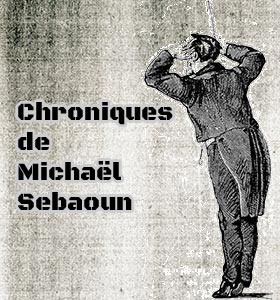
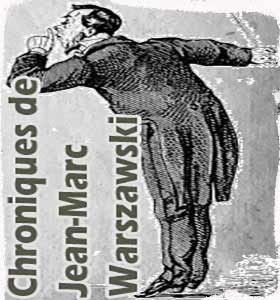
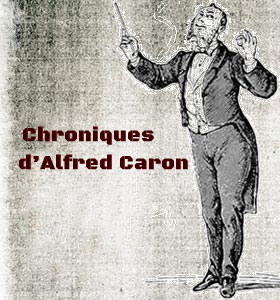
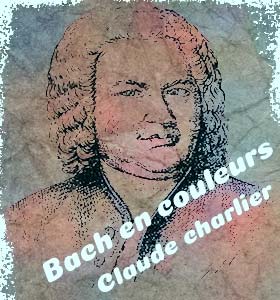
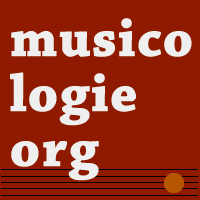 À propos - contact |
S'abonner au bulletin
| Biographies de musiciens | Encyclopédie musicale | Articles et études | La petite bibliothèque | Analyses musicales | Nouveaux livres | Nouveaux disques | Agenda | Petites annonces | Téléchargements | Presse internationale | Colloques & conférences | Collaborations éditoriales | Soutenir musicologie.org.
À propos - contact |
S'abonner au bulletin
| Biographies de musiciens | Encyclopédie musicale | Articles et études | La petite bibliothèque | Analyses musicales | Nouveaux livres | Nouveaux disques | Agenda | Petites annonces | Téléchargements | Presse internationale | Colloques & conférences | Collaborations éditoriales | Soutenir musicologie.org.
Musicologie.org, 56 rue de la Fédération, 93100 Montreuil. ☎ 06 06 61 73 41.
ISNN 2269-9910.

Samedi 22 Avril, 2023

